Home>Gardening & Outdoor>Landscaping Ideas>How Often To Fertilize Your Grass


Landscaping Ideas
How Often To Fertilize Your Grass
Published: January 27, 2024
Discover the best landscaping ideas for fertilizing your grass. Learn how often to fertilize and keep your lawn healthy and vibrant. Explore expert tips and techniques.
(Many of the links in this article redirect to a specific reviewed product. Your purchase of these products through affiliate links helps to generate commission for Storables.com, at no extra cost. Learn more)
Introduction
Fertilizing your grass is a crucial aspect of lawn care that directly impacts the health and vibrancy of your lawn. Whether you're a seasoned lawn enthusiast or a novice homeowner looking to elevate your curb appeal, understanding the nuances of grass fertilization is essential for achieving a lush, green expanse of grass that beckons bare feet and outdoor gatherings.
A well-fertilized lawn not only enhances the aesthetic appeal of your property but also contributes to the overall well-being of the environment. By promoting healthy root growth and resilience against pests and diseases, properly fertilized grass serves as a natural carbon sink, mitigating the effects of climate change. Moreover, a thriving lawn provides a safe and inviting space for recreational activities, fostering a sense of tranquility and connection with nature.
In this comprehensive guide, we will delve into the art and science of grass fertilization, exploring the factors that influence fertilization frequency, the specific needs of different grass types, and the telltale signs that your grass is craving a nutrient boost. By the end of this journey, you will be equipped with the knowledge and confidence to nurture your lawn into a verdant masterpiece that garners admiration from neighbors and passersby alike. So, let's embark on this enlightening expedition into the world of grass fertilization, where the secrets to a thriving lawn await discovery.
Key Takeaways:
- Grass needs different fertilization schedules based on its type. Cool-season grasses like Kentucky bluegrass thrive with fertilization in early fall and late spring, while warm-season grasses like Bermuda grass benefit from fertilization in late spring and summer.
- Signs that your grass needs fertilization include faded or yellowing appearance, stunted growth, increased weed infestation, compacted soil, and increased susceptibility to stress and disease. By recognizing these signs, you can proactively address nutrient deficiencies and maintain a vibrant and healthy lawn.
Read more: How Often To Fertilize Grass
Understanding Grass Fertilization
Grass fertilization is a fundamental practice that involves supplying essential nutrients to the soil to promote healthy grass growth. The primary nutrients required by grass for optimal development are nitrogen (N), phosphorus (P), and potassium (K), commonly referred to as NPK. These nutrients play distinct roles in the growth and resilience of grass, making them indispensable components of any effective fertilizer.
Nitrogen is crucial for promoting vibrant green foliage and robust blade growth, making it a key player in enhancing the visual appeal of your lawn. Phosphorus supports strong root development and aids in the transfer of energy within the plant, contributing to overall vigor and resilience. Meanwhile, potassium plays a pivotal role in bolstering the grass's ability to withstand environmental stressors, such as drought and disease.
Understanding the nutrient requirements of your grass is essential for selecting the right fertilizer and applying it at the appropriate times. Additionally, grasping the concept of slow-release versus quick-release fertilizers can significantly impact the effectiveness and longevity of the nutrient supply to your grass. Slow-release fertilizers provide a steady, gradual release of nutrients over an extended period, offering sustained nourishment to the grass. On the other hand, quick-release fertilizers deliver an immediate surge of nutrients, which can lead to rapid growth but may necessitate more frequent applications.
Moreover, the pH level of the soil plays a pivotal role in nutrient availability to the grass. A soil test can provide valuable insights into the pH balance and nutrient composition of your soil, enabling you to tailor your fertilization approach to address any deficiencies or imbalances.
By comprehending the intricate interplay of nutrients, soil composition, and grass physiology, you can embark on a journey to optimize the health and vibrancy of your lawn through strategic and informed fertilization practices. This foundational understanding sets the stage for delving into the specific factors and considerations that influence the frequency and methodology of grass fertilization, which we will explore in the subsequent sections.
Factors to Consider
When determining the frequency and approach to fertilizing your grass, several key factors come into play, each exerting a distinct influence on the overall fertilization strategy. By carefully considering these factors, you can tailor your approach to align with the specific needs of your lawn, thereby optimizing the effectiveness of your fertilization efforts.
-
Grass Type: The type of grass adorning your lawn serves as a pivotal determinant of its fertilization requirements. Different grass species exhibit varying growth patterns, nutrient demands, and response to fertilizers. For instance, cool-season grasses such as Kentucky bluegrass and fescue thrive with fertilization in early fall and late spring, coinciding with their peak growth periods. In contrast, warm-season grasses like Bermuda grass and Zoysia grass benefit from fertilization during their active growth phase in late spring and summer. Understanding the distinct preferences of your grass type empowers you to synchronize fertilization with its natural growth cycles, maximizing the uptake of nutrients.
-
Climate and Weather Conditions: The prevailing climate and weather patterns in your region exert a profound impact on the fertilization needs of your lawn. Factors such as temperature, precipitation levels, and humidity directly influence the grass's metabolic activity and nutrient uptake. In regions characterized by distinct seasons, adjusting the fertilization schedule to align with the onset of spring and fall allows the grass to capitalize on the favorable conditions for growth and recovery. Moreover, adapting the fertilizer formulation to suit the prevailing climate, such as opting for a slow-release fertilizer in hot and arid climates, can enhance nutrient utilization and minimize environmental impact.
-
Soil Composition and pH: The composition and pH level of the soil profoundly influence the availability and absorption of nutrients by the grass. Conducting a soil test to assess the pH balance and nutrient content of your soil provides valuable insights for customizing your fertilization approach. Acidic soils may require amendments to optimize nutrient availability, while alkaline soils necessitate tailored fertilization formulations to address specific deficiencies. By accounting for the soil composition, you can fine-tune your fertilization regimen to ensure that the grass receives the requisite nutrients in a form that is readily accessible for uptake.
-
Lawn Usage and Traffic: The level of foot traffic and usage your lawn experiences can impact its nutrient requirements and resilience. High-traffic areas may necessitate more frequent fertilization to support rapid recovery and sustained vitality. Additionally, considering the presence of trees, shrubs, or other landscaping features within the lawn area is crucial, as these elements can compete for nutrients and influence the overall nutrient balance of the soil. By factoring in the usage patterns and landscape composition, you can adjust the fertilization frequency and formulation to fortify the grass against wear and tear while fostering a resilient and visually appealing lawn.
By meticulously evaluating these factors and integrating them into your fertilization strategy, you can cultivate a thriving and resilient lawn that embodies the epitome of natural beauty and vitality. Each factor serves as a vital piece of the fertilization puzzle, contributing to the holistic well-being of your grass and elevating the allure of your outdoor sanctuary.
Different Types of Grass and Their Fertilization Needs
Understanding the distinct characteristics and growth patterns of different grass types is pivotal in tailoring an effective fertilization regimen. Various grass species exhibit unique traits, including growth habits, nutrient requirements, and response to environmental conditions, necessitating a nuanced approach to fertilization. By delving into the specific needs of different grass types, you can align your fertilization efforts with the inherent preferences of your lawn, fostering optimal growth and resilience.
Cool-Season Grasses
Cool-season grasses, such as Kentucky bluegrass, fescue, and ryegrass, thrive in regions characterized by moderate temperatures and ample moisture. These grasses exhibit robust growth during the cooler months, making early fall and late spring the ideal periods for fertilization. The cooler temperatures and reduced evaporation rates during these seasons facilitate efficient nutrient uptake and utilization by the grass, promoting lush foliage and vigorous root development. When fertilizing cool-season grasses, opting for a balanced fertilizer with a higher nitrogen content supports the lush, green appearance characteristic of these grass types.
Read more: How Often To Fertilize Bermuda Grass
Warm-Season Grasses
In contrast, warm-season grasses, including Bermuda grass, Zoysia grass, and St. Augustine grass, flourish in regions with hot summers and mild winters. These grasses exhibit peak growth during the warmer months, necessitating fertilization in late spring and summer to coincide with their active growth phase. Warm-season grasses benefit from fertilizers with a balanced ratio of nitrogen and potassium, which bolster their resilience against heat stress and promote robust root growth. By synchronizing fertilization with the natural growth cycles of warm-season grasses, you can optimize nutrient uptake and fortify the grass against environmental stressors.
Transition Zone Grasses
For lawns situated in the transition zone, where both cool-season and warm-season grasses are viable, a tailored fertilization approach is essential. Understanding the interplay between the two grass types and their respective preferences enables homeowners to devise a fertilization strategy that accommodates the unique needs of each species. By leveraging a combination of fertilization timings and formulations, tailored to the specific requirements of cool-season and warm-season grasses, homeowners can nurture a resilient and visually appealing lawn that thrives in the transitional climate.
Fine-Textured and Coarse-Textured Grasses
Moreover, considering the texture of the grass blades is crucial in determining the fertilization needs. Fine-textured grasses, such as Kentucky bluegrass and fescue, exhibit a dense and velvety appearance, necessitating a balanced fertilization approach to maintain their lush and uniform growth. On the other hand, coarse-textured grasses, including Bermuda grass and Zoysia grass, benefit from fertilizers tailored to promote robust root development and drought tolerance, aligning with their inherent growth characteristics.
By recognizing the distinct preferences and growth patterns of different grass types, homeowners can craft a fertilization strategy that harmonizes with the natural tendencies of their lawn, fostering a verdant and resilient expanse of grass that embodies the epitome of natural beauty and vitality.
How Often to Fertilize Based on Grass Type
The frequency of fertilizing your lawn is intricately tied to the specific type of grass adorning your outdoor oasis. Different grass species exhibit unique growth patterns, seasonal preferences, and nutrient requirements, necessitating a tailored approach to fertilization. By aligning the fertilization schedule with the inherent tendencies of your grass type, you can optimize nutrient uptake and foster robust growth throughout the year.
Cool-Season Grasses
Cool-season grasses, including Kentucky bluegrass, fescue, and ryegrass, thrive in regions characterized by moderate temperatures and ample moisture. These grasses undergo vigorous growth during the cooler months, making early fall and late spring the prime periods for fertilization. The cooler temperatures and reduced evaporation rates during these seasons create an optimal environment for efficient nutrient uptake and utilization by the grass. When fertilizing cool-season grasses, opting for a balanced fertilizer with a higher nitrogen content supports the lush, green appearance characteristic of these grass types.
Read more: How Often To Fertilize Bermuda Grass
Warm-Season Grasses
In contrast, warm-season grasses, such as Bermuda grass, Zoysia grass, and St. Augustine grass, flourish in regions with hot summers and mild winters. These grasses exhibit peak growth during the warmer months, necessitating fertilization in late spring and summer to coincide with their active growth phase. Warm-season grasses benefit from fertilizers with a balanced ratio of nitrogen and potassium, which bolster their resilience against heat stress and promote robust root growth. By synchronizing fertilization with the natural growth cycles of warm-season grasses, you can optimize nutrient uptake and fortify the grass against environmental stressors.
Transition Zone Grasses
For lawns situated in the transition zone, where both cool-season and warm-season grasses are viable, a tailored fertilization approach is essential. Understanding the interplay between the two grass types and their respective preferences enables homeowners to devise a fertilization strategy that accommodates the unique needs of each species. By leveraging a combination of fertilization timings and formulations, tailored to the specific requirements of cool-season and warm-season grasses, homeowners can nurture a resilient and visually appealing lawn that thrives in the transitional climate.
Fine-Textured and Coarse-Textured Grasses
Moreover, considering the texture of the grass blades is crucial in determining the fertilization needs. Fine-textured grasses, such as Kentucky bluegrass and fescue, exhibit a dense and velvety appearance, necessitating a balanced fertilization approach to maintain their lush and uniform growth. On the other hand, coarse-textured grasses, including Bermuda grass and Zoysia grass, benefit from fertilizers tailored to promote robust root development and drought tolerance, aligning with their inherent growth characteristics.
By recognizing the distinct preferences and growth patterns of different grass types, homeowners can craft a fertilization strategy that harmonizes with the natural tendencies of their lawn, fostering a verdant and resilient expanse of grass that embodies the epitome of natural beauty and vitality.
Read more: How To Fertilize Your Grass
Signs Your Grass Needs Fertilization
Recognizing the signs that indicate your grass is in need of a nutrient boost is pivotal in maintaining a vibrant and healthy lawn. By keenly observing the visual cues and behavioral patterns of your grass, you can proactively address any deficiencies and fortify the foundation for lush growth and resilience. Here are the telltale signs that signify your grass is craving fertilization:
-
Faded or Yellowing Appearance: When your grass exhibits a lackluster, faded, or yellowish hue, it signals a potential nitrogen deficiency. Nitrogen plays a pivotal role in promoting vibrant green foliage, and a visible decline in the lushness of the grass indicates the need for a nitrogen-rich fertilizer to rejuvenate its color and vigor.
-
Stunted Growth and Sparse Coverage: If your lawn displays slow or stunted growth, accompanied by patchy or sparse coverage, it may indicate inadequate nutrient availability. Insufficient levels of essential nutrients, such as phosphorus and potassium, can impede the grass's ability to achieve robust growth and uniform coverage, necessitating targeted fertilization to stimulate healthy expansion and fill in bare patches.
-
Increased Weed Infestation: A surge in weed infestation within your lawn can signify an underlying nutrient imbalance or deficiency. Weeds often capitalize on weakened or undernourished grass, seizing the opportunity to proliferate and encroach upon the turf. Fertilizing the grass with a balanced formulation can bolster its resilience, crowding out opportunistic weeds and reclaiming the lush expanse of the lawn.
-
Compacted Soil and Reduced Water Infiltration: Soil compaction and diminished water infiltration can hinder the grass's access to essential nutrients, impeding its overall health and vitality. If your lawn exhibits signs of soil compaction, such as pooling water and reduced permeability, coupled with lackluster grass growth, aeration and targeted fertilization can revitalize the soil structure and invigorate the grass's nutrient uptake.
-
Increased Susceptibility to Stress and Disease: A weakened or undernourished lawn is more susceptible to environmental stressors and disease, manifesting as wilting, discoloration, and heightened vulnerability to pest infestations. By fortifying the grass with a well-timed and balanced fertilizer application, you can bolster its resilience and equip it to combat stressors, fostering a robust and disease-resistant lawn.
By attentively monitoring these signs and responding with targeted fertilization, you can rejuvenate your lawn and cultivate a verdant expanse of grass that embodies the epitome of natural beauty and vitality. These signs serve as invaluable indicators, guiding your efforts to fortify the health and vibrancy of your outdoor sanctuary.
Best Practices for Fertilizing Your Grass
Fertilizing your grass is a nuanced endeavor that demands a strategic and informed approach to ensure optimal results. By adhering to best practices for grass fertilization, you can elevate the health and vibrancy of your lawn while minimizing environmental impact. Here are essential guidelines to consider when fertilizing your grass:
-
Soil Testing and Analysis: Commencing your fertilization journey with a comprehensive soil test is paramount. By analyzing the pH level and nutrient composition of your soil, you can pinpoint any deficiencies or imbalances, enabling you to tailor your fertilization approach to address specific needs. Soil testing provides valuable insights that serve as the foundation for a targeted and effective fertilization regimen.
-
Selecting the Right Fertilizer: Choosing a high-quality fertilizer tailored to the specific needs of your grass type and soil composition is pivotal. Opt for a balanced fertilizer formulation containing nitrogen, phosphorus, and potassium, with additional micronutrients as needed. Slow-release fertilizers offer sustained nourishment to the grass, minimizing nutrient runoff and maximizing uptake, while organic fertilizers contribute to soil health and long-term vitality.
-
Timing and Frequency: Synchronizing the timing of fertilization with the natural growth cycles of your grass type is essential. For cool-season grasses, early fall and late spring are optimal periods for fertilization, while warm-season grasses benefit from fertilization in late spring and summer. Avoid excessive or untimely applications, as they can lead to nutrient runoff and environmental harm.
-
Application Techniques: Employing precise and uniform application techniques ensures even distribution of the fertilizer across the lawn. Utilize a calibrated spreader to achieve consistent coverage, and be mindful of overlapping to prevent over-fertilization in certain areas. Following the recommended application rates specified on the fertilizer packaging is crucial to prevent nutrient imbalances and environmental damage.
-
Watering and Aftercare: After fertilizing, watering the lawn lightly facilitates the incorporation of the nutrients into the soil and minimizes the risk of nutrient leaching. However, excessive watering should be avoided to prevent runoff. Additionally, refraining from mowing the grass immediately after fertilization allows the nutrients to be absorbed effectively, promoting robust growth and vitality.
-
Environmental Considerations: Mindful fertilization practices contribute to environmental stewardship. Avoid fertilizing before heavy rainfall to prevent nutrient runoff into water bodies, and refrain from fertilizing near waterways or storm drains. Furthermore, adhering to local regulations and guidelines regarding fertilizer use and application safeguards the ecological balance and minimizes adverse environmental impact.
By embracing these best practices for fertilizing your grass, you can embark on a journey to nurture a vibrant and resilient lawn that captivates with its lush greenery and natural allure. Through strategic and informed fertilization, you can cultivate an outdoor sanctuary that embodies the epitome of natural beauty and vitality, fostering a space for relaxation, recreation, and connection with nature.
Conclusion
In conclusion, the art and science of grass fertilization encompass a myriad of factors, considerations, and best practices that converge to nurture a vibrant and resilient lawn. By understanding the distinct preferences of different grass types, aligning fertilization with natural growth cycles, and keenly observing the signs that indicate the grass's nutrient needs, homeowners can embark on a journey to elevate the health and beauty of their outdoor oasis. The symbiotic interplay of nutrients, soil composition, and environmental factors underscores the holistic approach to grass fertilization, emphasizing the pivotal role it plays in fostering a verdant and sustainable lawn.
Through meticulous soil testing, thoughtful selection of fertilizers, and precise application techniques, homeowners can fortify the foundation for lush growth while minimizing environmental impact. The strategic timing and frequency of fertilization, tailored to the specific needs of cool-season, warm-season, or transitional zone grasses, serve as a cornerstone for optimizing nutrient uptake and resilience. Moreover, embracing environmentally conscious fertilization practices safeguards the ecological balance, contributing to the well-being of the broader ecosystem.
The journey of grass fertilization transcends mere lawn care; it embodies a commitment to environmental stewardship, sustainable living, and the cultivation of natural beauty. A well-fertilized lawn not only enhances the aesthetic appeal of a property but also serves as a sanctuary for relaxation, recreation, and communion with nature. The lush expanse of grass, nurtured through strategic and informed fertilization, beckons bare feet and outdoor gatherings, fostering a sense of tranquility and connection with the natural world.
As homeowners embark on their grass fertilization journey, armed with insights into the nutrient requirements of their grass type, the nuances of soil composition, and the best practices for application, they are poised to cultivate a verdant masterpiece that garners admiration from neighbors and passersby alike. The culmination of these efforts yields a thriving lawn that embodies the epitome of natural beauty and vitality, enriching the outdoor living experience and fostering a deep-rooted connection with the earth.
In essence, grass fertilization transcends the realm of horticulture; it embodies a harmonious partnership with nature, a testament to the transformative power of strategic and informed care. As the seasons unfold and the grass flourishes under the nurturing embrace of targeted fertilization, it stands as a living testament to the enduring beauty and resilience of the natural world.
Frequently Asked Questions about How Often To Fertilize Your Grass
Was this page helpful?
At Storables.com, we guarantee accurate and reliable information. Our content, validated by Expert Board Contributors, is crafted following stringent Editorial Policies. We're committed to providing you with well-researched, expert-backed insights for all your informational needs.
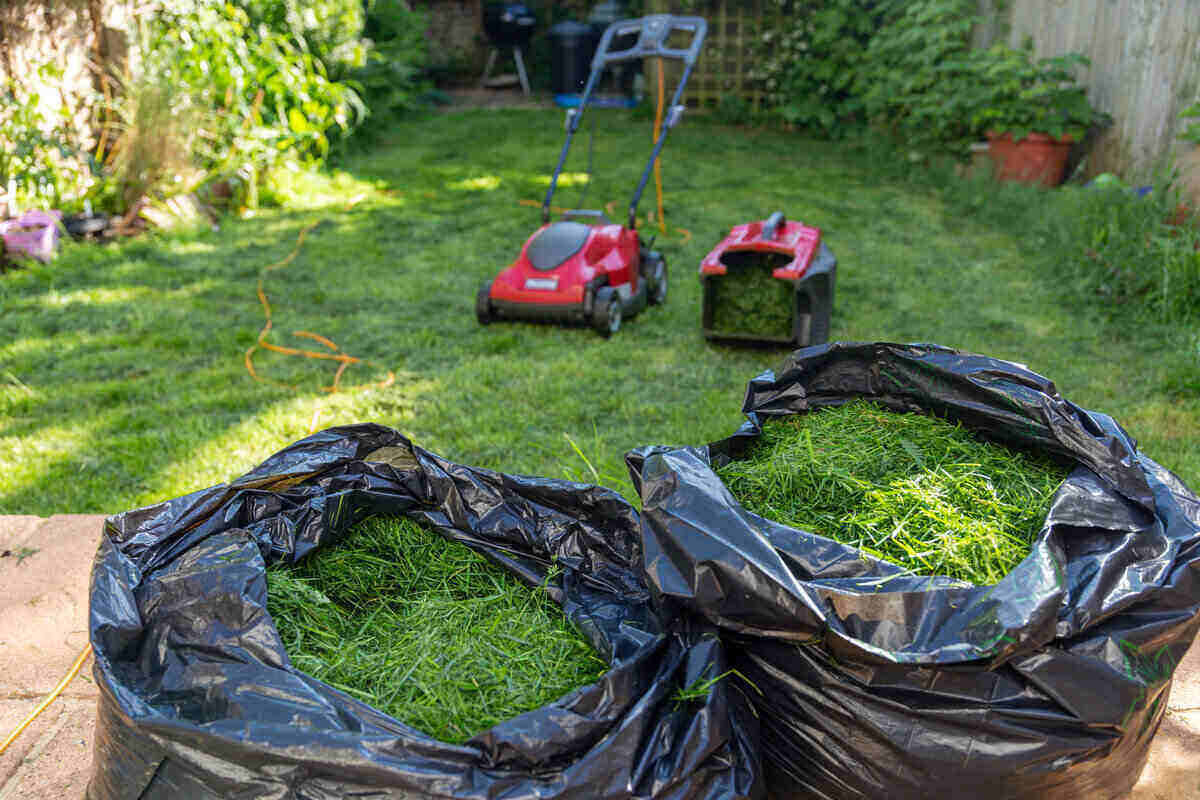

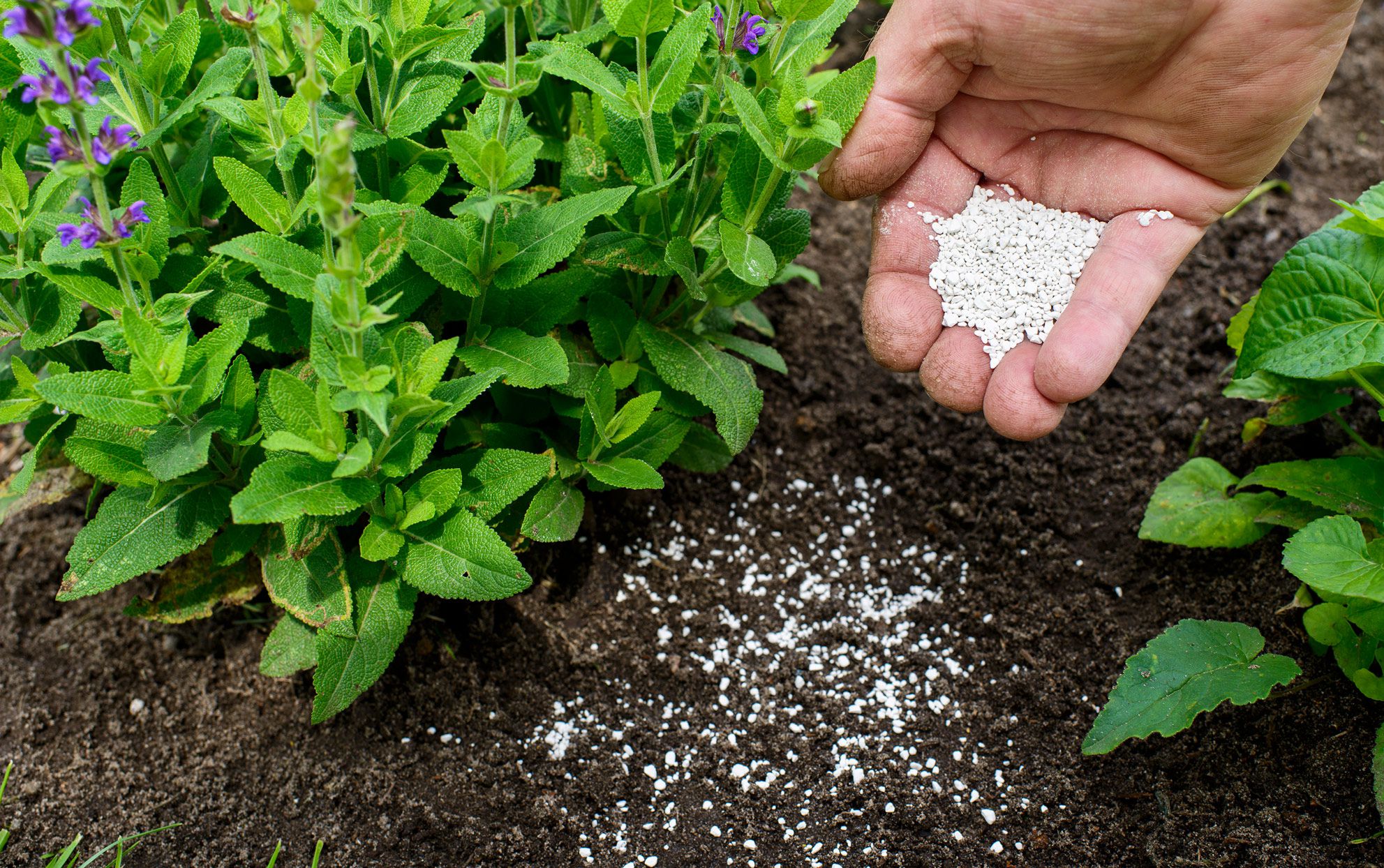
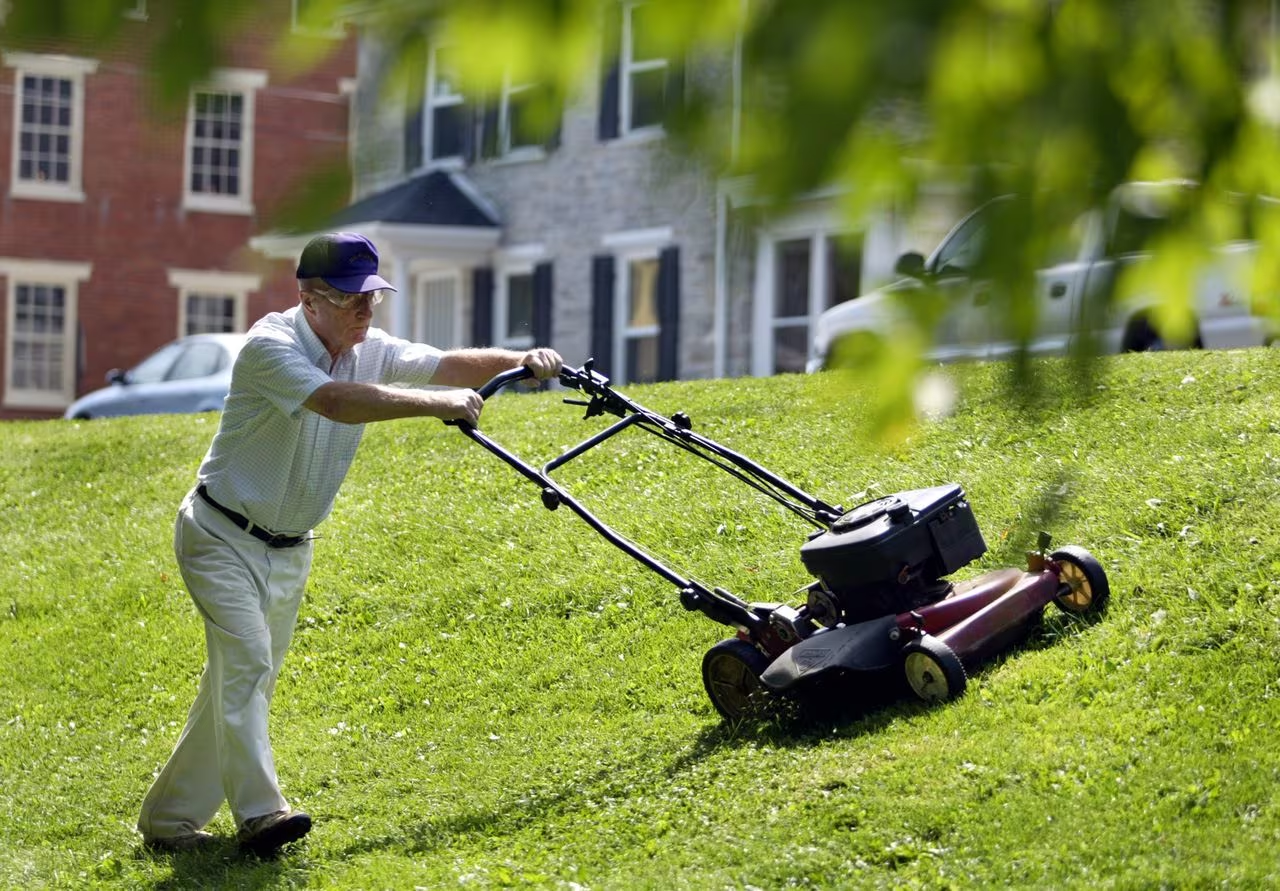
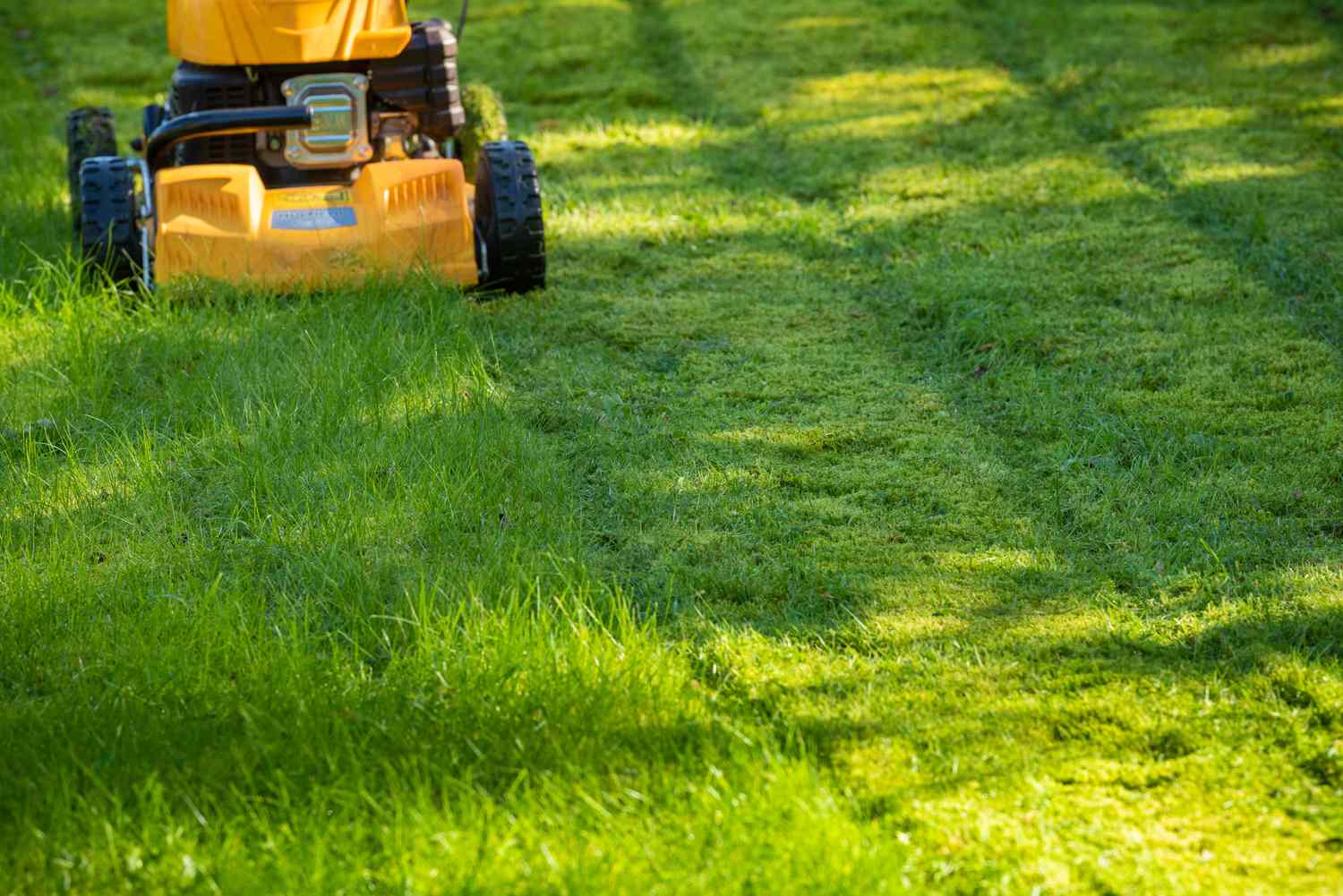
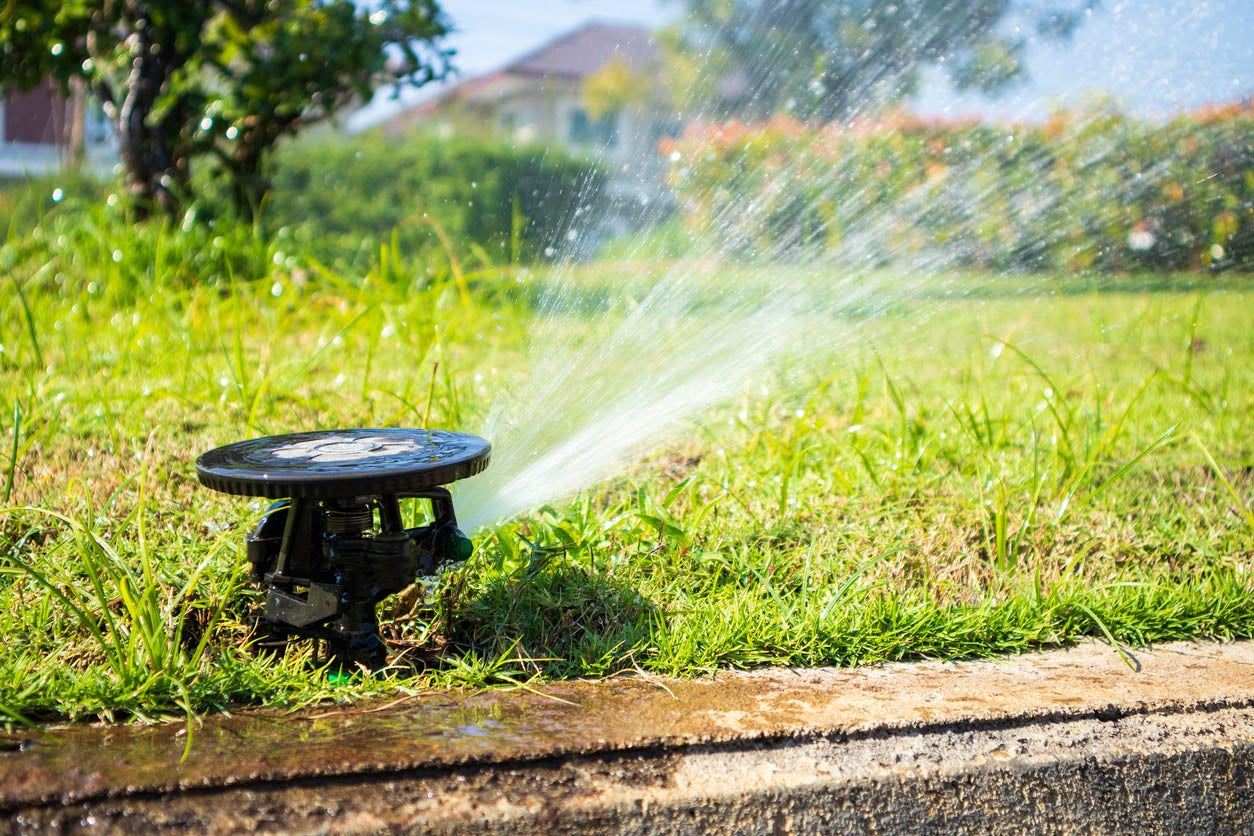

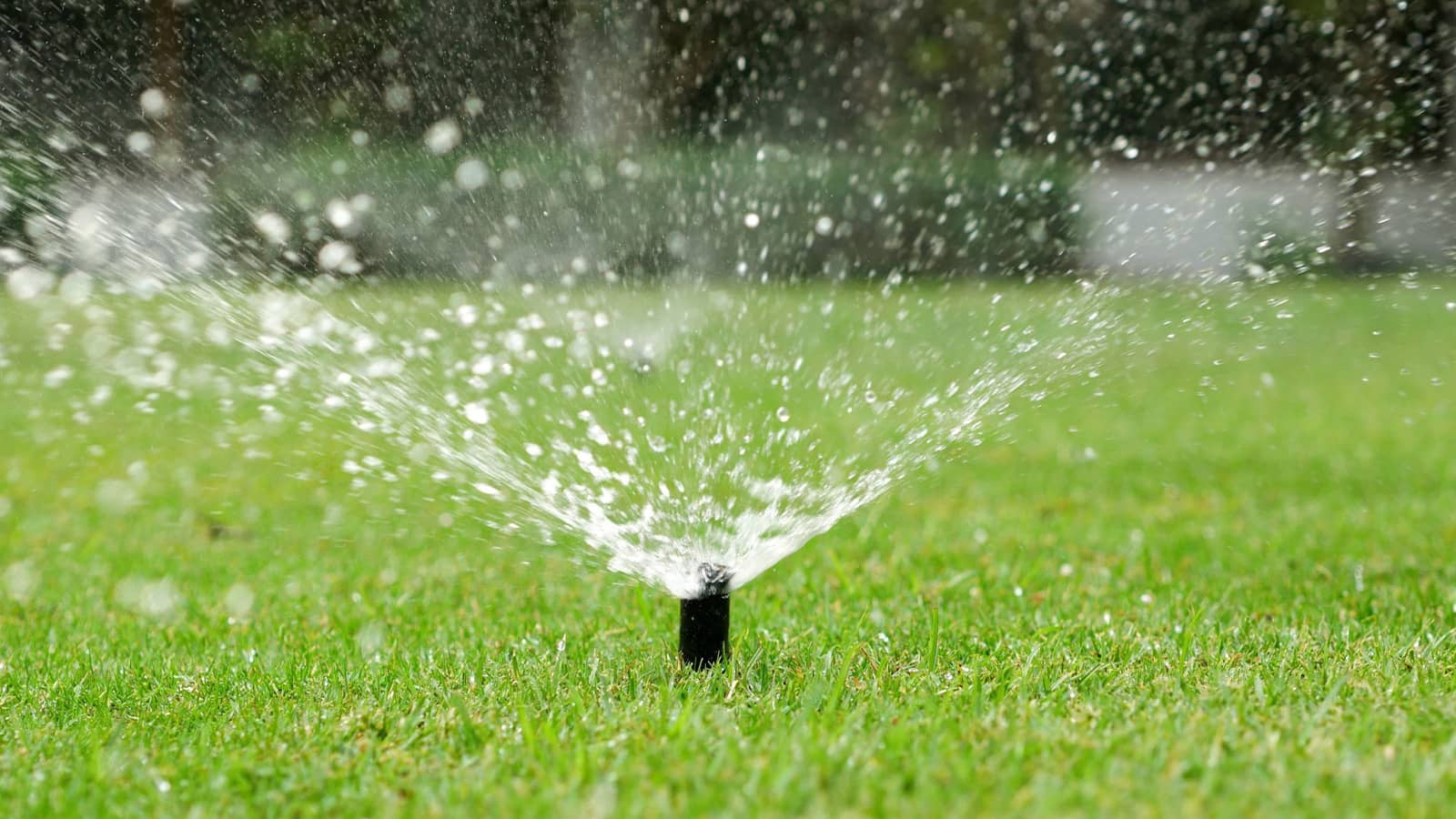

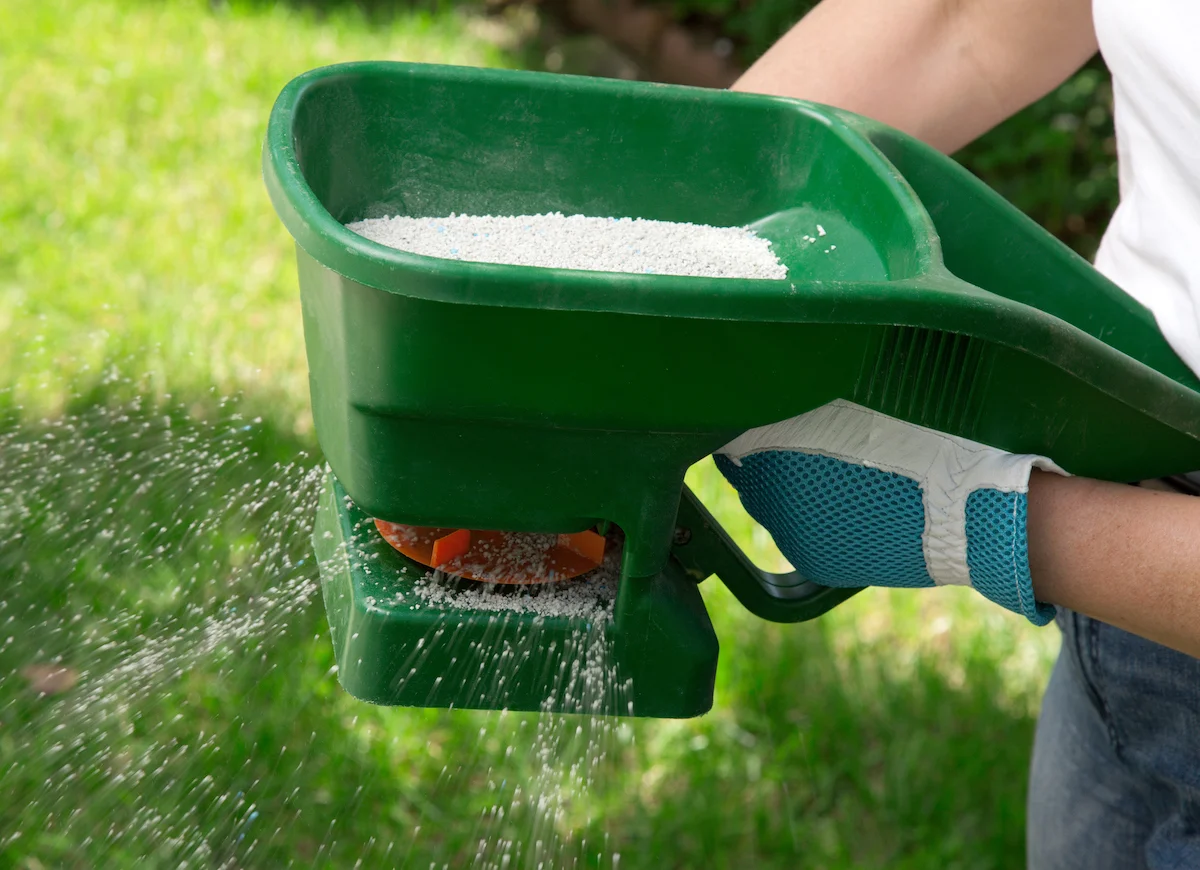
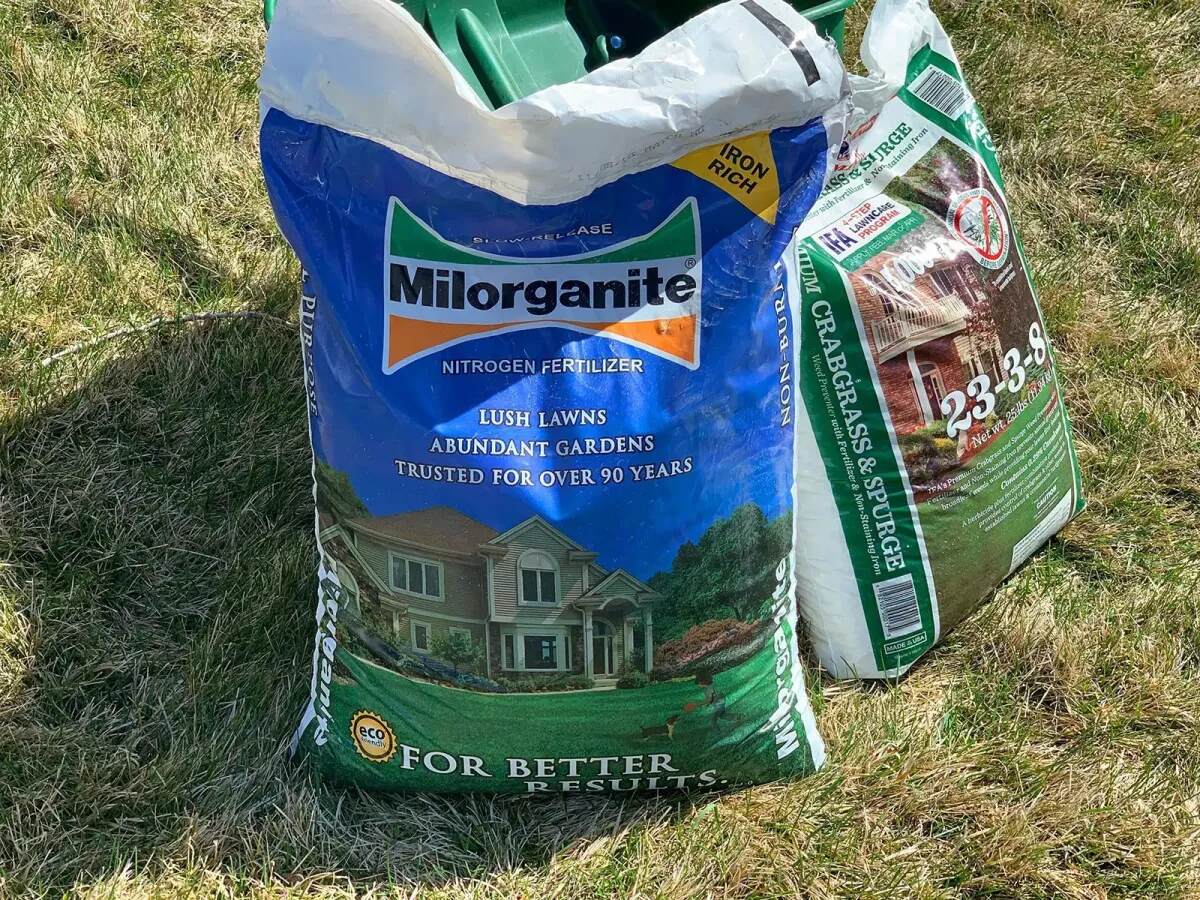
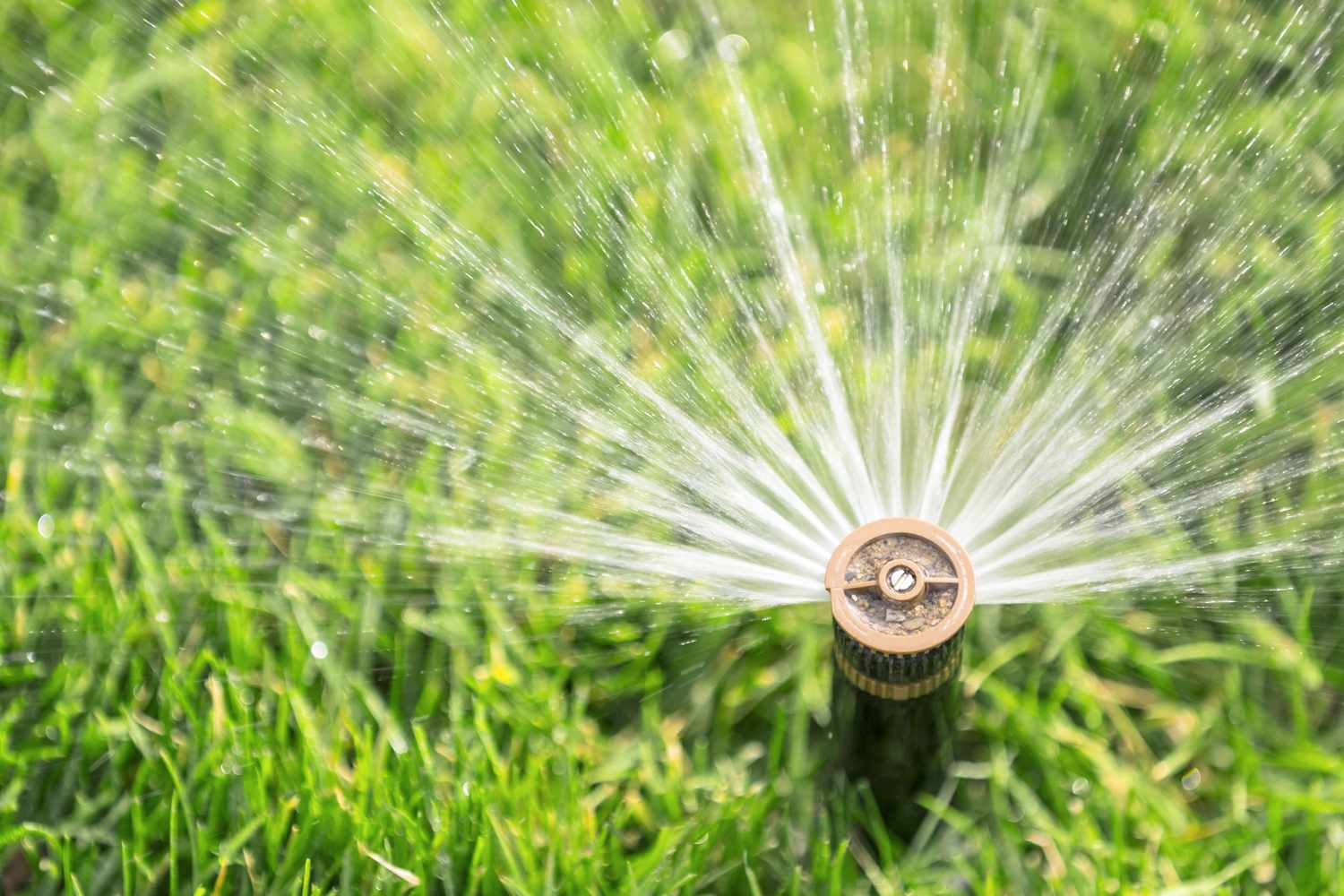

0 thoughts on “How Often To Fertilize Your Grass”